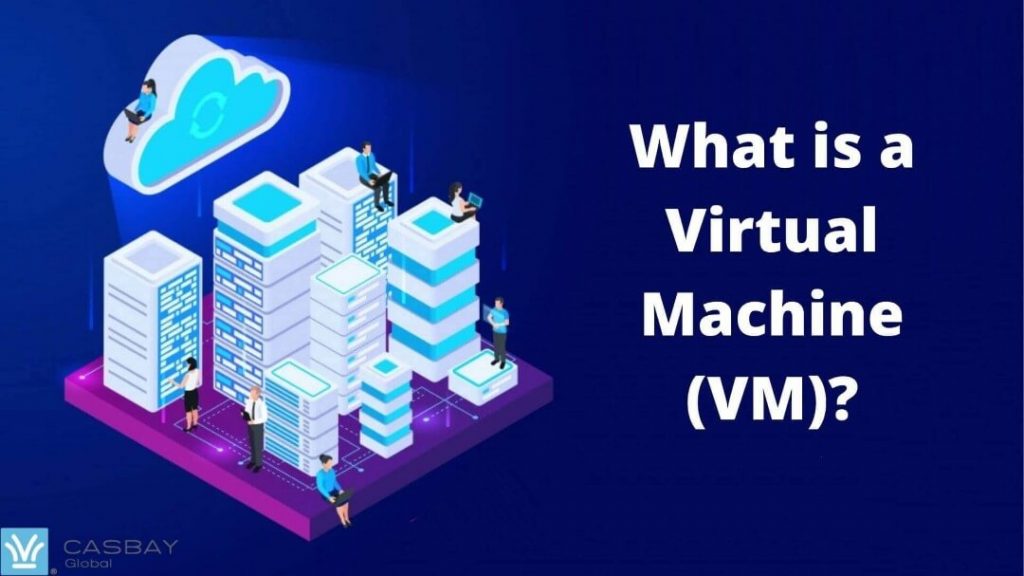A virtual machine often referred to as a VM, is no different from any other physical computer such as a laptop, smartphone, or server. It has a CPU, memory, and a disk for storing files, and it can be connected to the Internet as needed. Although the various parts (hardware) that make up a computer are physical and tangible, a VM is usually considered to be a virtual computer or a software-defined computer in a physical server, only in the form of code.
How does a VM work?
Virtualization is the process of creating a software-based or “virtual” version of a computer with dedicated CPU, memory and storage “borrowed” from a physical host (such as your personal computer) and a remote server-such as a cloud provider (the server in the business data center).
A virtual machine is a computer file, usually called an image, which behaves like an actual computer. It can run in a window as a separate computing environment, can usually run different operating systems, and can even serve as the user’s entire computer experience, which is common on many people’s work computers. The virtual machine is partitioned from the rest of the system, which means that the software in the VM will not interfere with the host’s main operating system.
What are VMs used for?
- Build and deploy applications to the cloud.
- Try out the new operating system (OS), including the beta version.
- Start a new environment so that developers can run development test scenarios more easily and quickly.
- Back up the existing operating system.
- Access virus-infected data or run older applications by installing an older operating system.
- Run software or applications on an operating system that is not originally intended for use.
What are the benefits of using VMs?
Cost-saving
running multiple virtual environments on one infrastructure means you can greatly reduce the footprint of the physical infrastructure. This improves your bottom line-reduces the need to maintain almost the same number of servers and saves maintenance costs and electricity.
Agility and speed
running multiple virtual environments on one infrastructure means you can greatly reduce the footprint of the physical infrastructure. This improves your bottom line-reduces the need to maintain almost the same number of servers and saves maintenance costs and electricity.
Reduced downtime
VMs are so lightweight and easy to migrate from one hypervisor to another on another computer-which means they are an excellent solution for backup in case the host crashes unexpectedly.
Scalability
VMs distribute workloads among multiple VMs by adding more physical or virtual servers, allowing you to scale applications more easily. Therefore, you can improve the usability and performance of your application.
Security advantage
Since virtual machines can run in multiple operating systems, using a guest operating system on the VM allows you to run applications with questionable security and protect the host operating system. VM can also provide better security forensics and is usually used to safely study computer viruses and isolate viruses to avoid risks to their hosts.
Feel free to check our Casbay Global website for more information and don’t hesitate to contact us if you have any questions.




